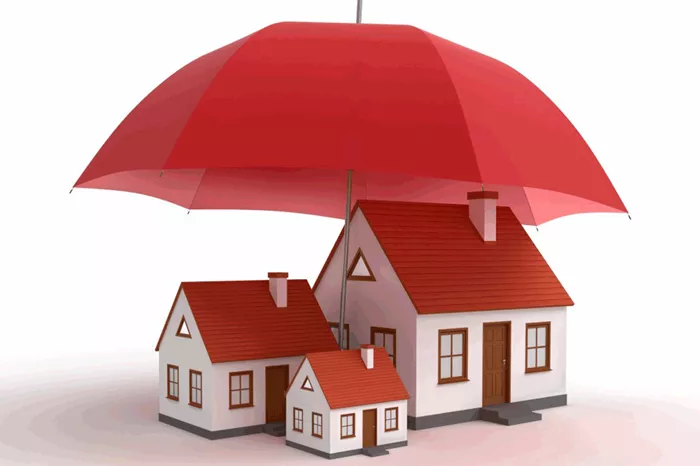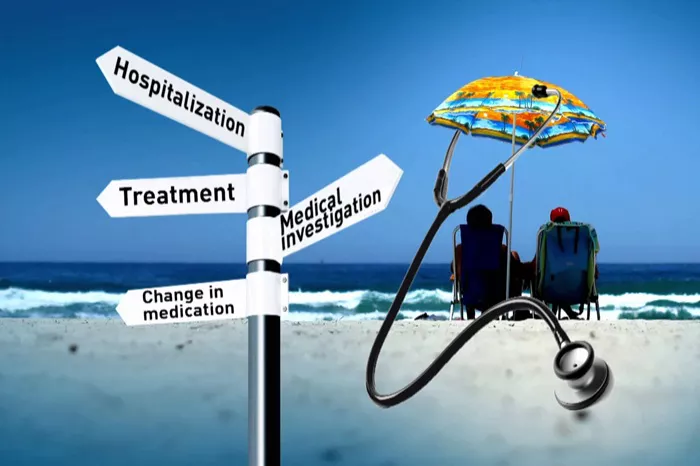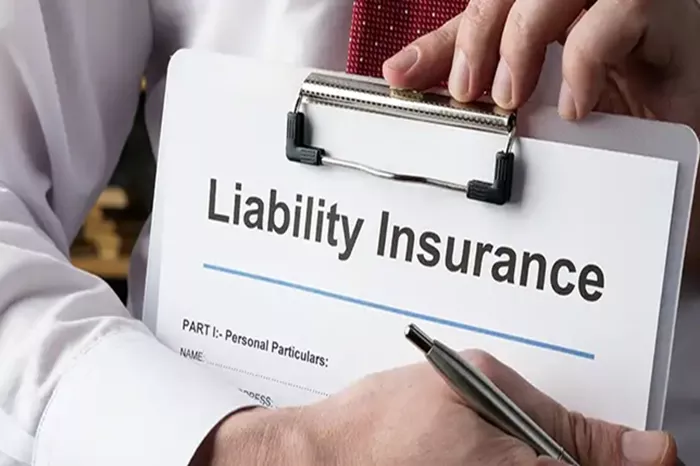The increasing frequency of climate change-induced extreme weather events is making it harder for many homeowners in New Zealand to secure affordable insurance. This shift has already led some insurance companies to withdraw from certain regions, leaving both homeowners and the government grappling with the future of disaster recovery in Aotearoa. With insurance required for residential mortgages, the withdrawal of insurers poses serious implications for property values and local economies.
As the reality of insurance company retreat becomes more certain in some areas, the New Zealand government must decide how to respond. A recent study developed a “trilemma” framework, outlining the difficult policy trade-offs the government faces as it adapts to climate change.
The Policy Trade-offs
The research identifies three key goals for effective disaster recovery and climate adaptation policy:
Incentivizing risk reduction
Ensuring fiscal affordability
Promoting equity and reducing hardship
However, any policy designed to address these goals can only fulfill two of them at most, forcing the government to make difficult trade-offs. When dealing with the retreat of private insurance, the government has three main options:
Doing nothing and letting the market adjust (leading to sharp property price declines)
Replacing private insurance with a publicly-funded alternative
Offering government-funded defenses or buyouts for properties that can no longer be insured
Each of these options involves sacrificing one of the three policy goals, presenting complex challenges for the government.
Option 1: Doing Nothing – The Consequences of Inaction
Consider a hypothetical flood-prone community called “Macondo” where insurance has withdrawn. If the government opts to “do nothing,” it would not intervene in the flood or storm insurance market. This choice would impose little immediate cost on the government but would encourage property owners to reduce risks, such as by raising their homes. However, this option also leaves homeowners vulnerable to increasingly severe weather events.
In this scenario, some homeowners may be able to mitigate risk, but others, particularly those unable to afford such measures, would be left exposed. Properties deemed uninsurable would face mortgage defaults, potentially forcing homeowners to sell at steep losses. Local councils might offer flood defenses like stopbanks, but smaller or poorer councils would likely struggle to provide such support.
When disasters strike, uninsured homeowners may find themselves unable to repair or rebuild, potentially facing financial ruin.
Option 2: Public Replacement Insurance – A Fiscal Safety Net
In response to private insurers pulling out, the government could introduce a public insurance scheme similar to New Zealand’s Earthquake Commission (EQC), which was established in 1945 to provide coverage for earthquakes and later expanded to include other natural hazards. A public insurance scheme for weather events such as floods and storms could offer fiscal benefits by spreading risk and ensuring coverage for all.
This option could make recovery more equitable by providing all homeowners with access to insurance. However, it also comes with drawbacks. A public safety net might reduce incentives for homeowners to mitigate risk, such as avoiding construction on floodplains or investing in better defenses. The increased financial security could lead to higher risk exposure in the long term, ultimately resulting in more damage.
Option 3: Publicly-Funded Defenses and Buyouts – Short-Term Relief, Long-Term Challenges
New Zealand has historically relied on a reactive, ad-hoc approach, combining publicly-funded flood defenses with generous buyouts after disasters. This has been politically popular but is the least affordable and most inefficient option.
After severe flooding in Westport in 2021-2022, and the Auckland Anniversary Flood and Cyclone Gabrielle, the government invested heavily in buyouts and flood defenses. However, these decisions were made hastily, without a long-term strategy, resulting in delays, uncertainties, and missed opportunities. While buyouts and defenses may reduce risk and alleviate hardship, the ad-hoc nature of these responses makes them less effective in the long run.
The Case for a Proactive Approach
New Zealand’s current disaster response strategy often involves doing nothing until a disaster strikes, followed by a reactive defense and buyout approach. This “reactive” policy, while offering short-term relief, is the worst of the three options in terms of long-term efficiency and sustainability.
A more proactive, well-designed policy—though not without its own trade-offs—would allow the government to make clearer, more transparent decisions. It would reduce inefficiencies and avoid the pitfalls of ad-hoc responses. While no policy will fully meet all three goals of risk reduction, fiscal affordability, and equity, a proactive approach offers the best chance for long-term disaster resilience in New Zealand.
Ultimately, the government must choose how to balance these trade-offs, ensuring that the policy it adopts is both effective and sustainable in the face of an increasingly uncertain climate future.
Related topic:
Insurance Rates Decline Across Major Lines in Pacific Region, According to New Report
Fine Art Insurance Market Poised to Reach $838.4 Billion by 2034, Driven by Growing Demand in APAC
Talanx Group Reports $683M Net Income for Q1, Surpassing Expectations



















